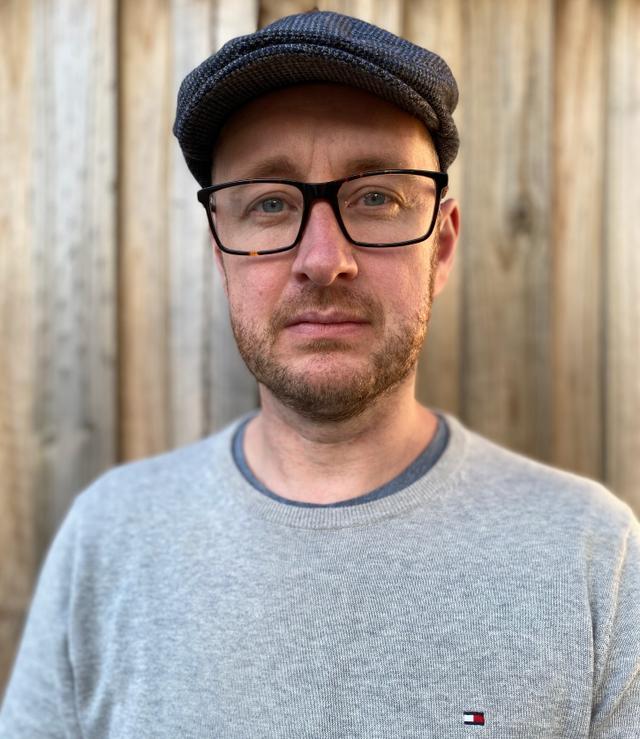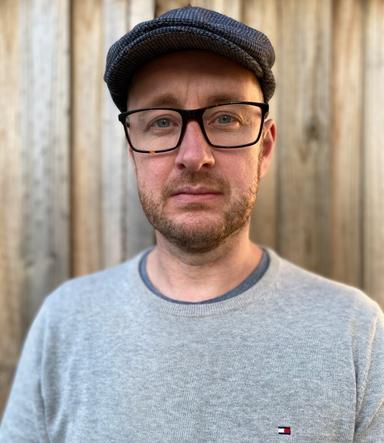The Art of Attention - where Poetry and Mindfulness Intersect dssdf
My baptism in poetry came, like many of us, through a high-school English teacher - a Dominican priest whose eccentricity was matched by his reverence for the written word. He did his best to transmit that reverence to those of us who were receptive. In my case, it landed, to the extent that I was driven to send my teenage scrawlings off to the local newspaper (the Leinster Leader in Kildare), to be kindly published on the back page of a supplement.
When it came time to decide what to study at university, I weighed physics and English literature equally. Another wise teacher suggested that it might be easier to return to literature later in my life; less so for physics. He was, without knowing, backing up an intuition I had formed for myself - I cannot imagine parsing the equations of physics for the first time without the energy of relative youth; whereas the maturity of experience lends itself well to engaging with the literary classics that I missed out on, in a deeper way than I might have accessed when I was younger.
A proper introduction to mindfulness and meditation came a bit later, at the age of 27. I had just lost my father, and did not yet know that I had to grieve, nor how to. My then-wife worked in mental health and had been using mindfulness based therapies with her clients. She suggested I explore some basic practices, and they worked to quell the seething spillages of thought and feeling that leaked unimpeded from my centre.
For many years, a bit of meditation acted as a band-aid in times of stress (a pattern I’ve noticed in many students of the contemplative arts). It wasn’t until my mid-thirties, diving deeper into the quandaries of existence - in particular, why it was such a pain in the arse sometimes - that I made mindfulness a core practice of my life. Something that had served as a salve of sorts became an outlook; a foundational way of interrogating the world.
I have a tendency toward full immersion. When it comes to hobbies and interests, I go deep. With physics, I ended up working at a university physics department for a number of years. With meditation, I have explored the practice deep enough that I wear the hat of “meditation teacher” on a regular basis. With poetry, I am, in a sense, back at the beginning of the immersion, making my first tentative steps in publication, in competition, in the discipline of regular writing, since my teenage years.
Perhaps I’m drawn to these disciplines for similar reasons. All three are founded in the act of looking at the world. Physics is unambiguously empirical. The world is looked at in forensic detail; conclusions are drawn, patterns are formed and expressed in the terse brevity of fundamental equations - artefacts that are as expressive as a thousand poems in some cases. Questions of consciousness and the nature of the observer are unavoidable at the heart of it - the true nature of our observing selves becomes, in a cold way, an object of inquiry.
Mindfulness, too, encourages an empirical outlook. Instead of instruments, we inspect reality through the world of sense and sensation. The practice of meditation is also forensic - we are asked to study our attention, to be aware of what happens when we set out to focus on our breathing, our bodies, the content of our emotional landscape and the terrain of the mind. This inner world is emphasised.
The meditator becomes intimate with the patterns of feeling, sensation and thought that make up the experience of being human. Every struggle, every joy is named, anatomised, deconstructed and ultimately, loved. Moments become the currency of experience, each one an opportunity to connect with the mystery of existence. Ultimately, suffering may be eased, or at least understood.
This should be familiar territory for the poet, whose stance toward the inner and outer world is fundamentally that of a student. It is impossible to write without having something to write about; it is impossible to have something to write about without attentively studying the details of one’s life.
The act of paying attention is common ground with the meditator, although the intention is different. The meditator seeks understanding of the nature of reality, suffering, joy and so on. The emphasis is largely on inner experiences - the contents of consciousness are the object of understanding (although part of the path of progress is an understanding of the relational, interdependent nature of reality).
The poet anatomises experience in order to capture it using the flawed tool of language (a burden shared by the meditator attempting to express their experience, for which language is notoriously inadequate). The world within, the world around and the relationship between those worlds are the target of understanding. The hoped-for outcome is often a beautiful, concise expression of that understanding that a physicist might be proud of.
None of this requires anything special, apart from attention. Dedicated meditators do nothing but sit, attending to themselves, or the world they find themselves in. The most effective poets often make beauty out of the mundane. We are all capable of this attentiveness. Perhaps that’s the origin of the draw toward stillness and self-expression that so many of us feel.
Many meditators gravitate towards poetry. Quite naturally, there is a Poetry of Presence. A good way to get acquainted with it is through the anthology of that name (my review here). Many poets have made this terrain the core of their expression - I think of Mary Oliver and David Whyte in recent times, parts of Rilke, the entire form of Haiku, and the long history of Buddhist poetic traditions, to name but a view.
It is not unusual for mediation teachers to use poetry in their teaching. A poem can be a signpost to the depths of a particular experience. On the fourth night of a silent retreat that I sat in January 2020 near Byron Bay, Australia, a wise teacher dropped a poem into the silence - Postscript, by Seamus Heaney.
She put it to us that it was an expression of a moment of awakening, or enlightenment. The poem is a description of a moment of natural beauty - unforgettably, “the surface of a slate-grey lake is lit/By the earthed lightening of a flock of swans”. Heaney expresses that open, awestruck state familiar to many of us, with particular resonance for meditators - “You are neither here nor there/A hurry through which strange and known things pass/As big soft buffetings come at the care sideways/And catch the heart off guard, and blow it open”.
Earlier in the poem, he states that it’s “useless to think you’ll park and capture it/More thoroughly”. There is truth in that, but I’m glad he did.
I’m glad generations of poets have sought to do so.
Pay attention. Your heart might just be blown open.

